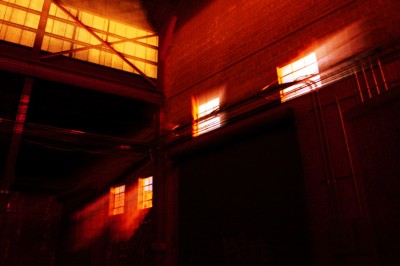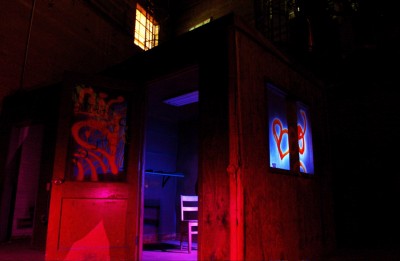Echoes of an Era Past
In terms of a manufacturing past, Raleigh pales in comparison to the gritty, once bustling tobacco town of Durham to the west. Nonetheless, an entire area abutting the railroad tracks on the western fringe of downtown Raleigh remains as a towering testament to our own city’s industrial past. The landmarks are everywhere throughout this area known as Raleigh’s Warehouse District — from a former Cotton Oil Mill, an abandoned coal yard, a defunct concrete plant, the old Southern Railway freight depot, to the most ubiquitous example: The Dillon Supply Co. buildings.”
There are a number of nightclubs and bars interspersed through the area: Buckhead Saloon, White Collar Crime, Club Mosquito, Five Star, among others. If you’ve traveled to any of these, then you have navigated through the nondescript giant brick structures that for the most part sit vacant. There’s one in particular that has always puzzled me though, and it’s also the least visible.






 Sign up for the Newsletter
Sign up for the Newsletter